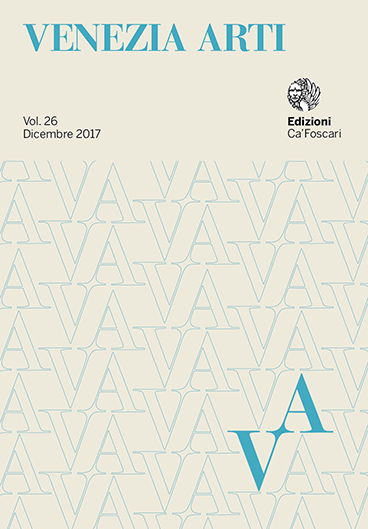
- search 230 views
- file_download 28 download
- keyboard_capslock metadata
-
mark_email_readIscriviti alla newsletter
Manifestations of Authorship
Artists’ signatures in Byzantium
abstract
This paper is dedicated to the problem of artists’ signatures in Byzantium and, more specifically, to the question of anonymity, which is often considered to be a basic characteristic of Eastern Christian art. Declaration of authorship is traditionally seen as a sign of sinful vanity, antagonistic to the religious spirit of the Middle Ages. However, work on this material reveals numerous traces of authorship left by Byzantine artists on their work in the form of epigraphical records. Through a selection of the most insightful examples, based primarily on mosaics, murals and icon painting, this paper demonstrates that the tradition of creating inscriptions bearing the names of masters was a phenomenon neither limited to a particular chronological period of Byzantine history nor influenced by specific historical or cultural transformations. On the contrary, it represents a continuous tradition developing from the period of late antiquity right up to the end of the Middle Ages. The range of surviving evidence, the variability of linguistic forms and paleographic aspects, as well as the array of creative approaches taken to the placement of signatures and dedicatory inscriptions, help to reveal a concern for the preservation of memories of individual involvement within the world of the Medieval Christian masters. Whilst not always in line with a contemporary understanding of the role of artists’ signatures, these testimonies nevertheless call for a reevaluation of the question of complete anonymity and the personality of the artist in Byzantine art.
Keywords: Artists’ names • Signature • Authorship • Anonymity • Byzantine artist • Byzantine epigraphy



